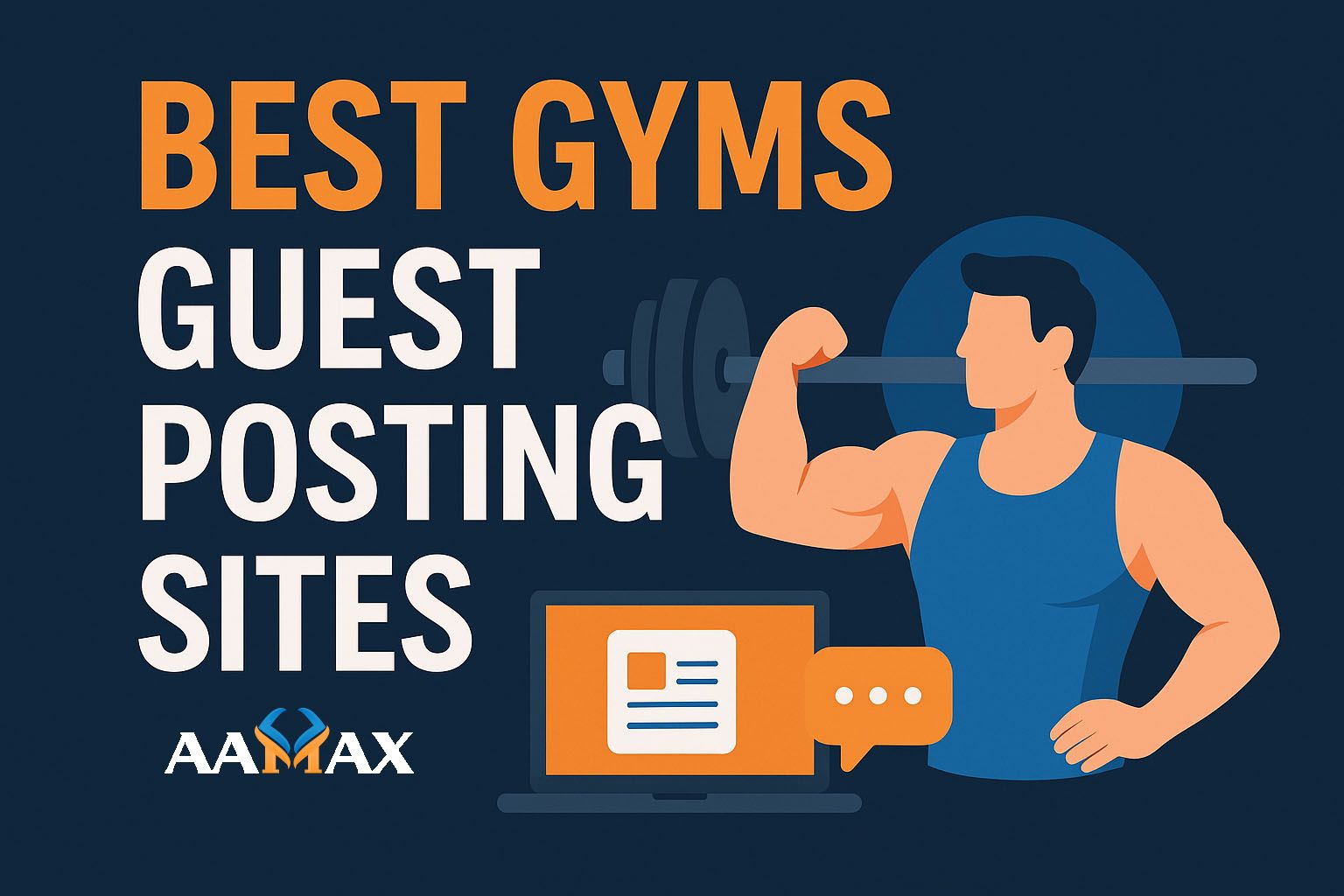
How to Outrank Competitors in Google: 5 Steps to Rank Better
In today’s digital marketplace, every business competes for visibility on Google. When your competitors occupy the top search spots, they capture most of the traffic, leads, and revenue. If you want to grow your online presence and convert more visitors into customers, you need a strategy to outrank them.
This comprehensive guide reveals five powerful steps to help you rank higher, improve website authority, and attract a steady stream of targeted traffic.
Why Beating Competitors in Search Matters
Research shows that the first page of Google receives over 90% of all clicks, with the top three results capturing the majority. If your competitors dominate those positions, they gain:
- Increased brand exposure
- More qualified leads and conversions
- Stronger credibility and trust among customers
Outranking them means capturing those same benefits for your business, ensuring you stay ahead in your market.
Step 1: Conduct a Comprehensive Competitor Analysis
The first step in outranking your competitors is understanding exactly what they’re doing right—and where they fall short.
Identify Your True Competitors
Your business competitors might not always be the same as your search competitors. Use tools like Ahrefs, SEMrush, or Moz to find websites ranking for the same keywords you target.
Analyze Their Strengths and Weaknesses
Look at their:
- Keyword Rankings: Which keywords drive most of their traffic?
- Content Quality: Are their articles detailed, updated, and optimized?
- Backlink Profile: How many and what types of sites link to them?
- Site Structure: How easy is it to navigate and find information?
By identifying gaps—such as outdated content, weak backlink sources, or slow site speed—you can build a strategy to surpass them.
Monitor Their Content Strategy
Subscribe to their blogs or newsletters and track new posts. Understanding their publishing frequency and topic choices helps you identify areas where you can provide more value or a unique perspective.
Step 2: Perform Strategic Keyword Research
To outrank competitors, you need to target the right keywords—those with strong search intent and achievable competition levels.
Focus on High-Value Keywords
- Primary Keywords: Core terms that describe your main products or services, e.g., “custom web development.”
- Long-Tail Keywords: Specific phrases like “affordable custom web development services for startups,” which often have less competition and higher conversion rates.
Find Keyword Gaps
Use competitor analysis tools to discover:
- Keywords they rank for that you don’t.
- Opportunities where you can create more in-depth or higher-quality content.
Map Keywords to User Intent
Align keywords with the stages of the buyer’s journey:
- Informational: Blog posts, guides, and how-tos.
- Navigational: Brand or product names.
- Transactional: Product pages, service descriptions, or landing pages.
By targeting the right mix, you attract users who are ready to engage or buy.
Step 3: Create Superior Content
Content is the backbone of SEO. To outrank competitors, your content must provide more value than theirs.
Build Comprehensive Resources
If your competitor has a 1,000-word article on a topic, create a 2,000-word guide that dives deeper, includes updated statistics, and offers actionable insights.
Improve Readability and Engagement
- Use clear headings and subheadings (H2, H3).
- Incorporate visuals like infographics, charts, and videos.
- Write in a conversational style that’s easy to scan and understand.
Add Unique Perspectives
Offer case studies, expert interviews, or proprietary data. Search engines value originality and depth, while readers appreciate unique insights.
Optimize On-Page SEO
- Place primary keywords in the title, meta description, first paragraph, and subheadings.
- Use descriptive URLs and internal links to related pages.
- Add alt text to images for accessibility and better indexing.
High-quality, well-optimized content signals authority and keeps visitors on your site longer, which Google rewards with higher rankings.
Step 4: Strengthen Technical SEO
Even the best content can’t outrank competitors if your website isn’t technically sound. Google favors sites that are fast, secure, and easy to crawl.
Ensure Mobile-Friendliness
With mobile-first indexing, Google primarily uses the mobile version of your site for ranking. Use responsive design so pages display perfectly on all devices.
Improve Page Speed
- Compress images without losing quality.
- Minify CSS, JavaScript, and HTML.
- Enable browser caching and use a content delivery network (CDN).
Secure Your Website
Implement HTTPS to protect user data and boost trust. Search engines consider secure sites more reliable.
Optimize Site Architecture
- Create a clear navigation structure and logical internal linking.
- Generate an XML sitemap and submit it to Google Search Console.
- Use a robots.txt file to guide search engine bots.
Technical excellence ensures Google can crawl and index your content efficiently, setting the stage for higher rankings.
Step 5: Build High-Quality Backlinks
Backlinks remain one of Google’s top ranking factors. Links from reputable websites signal to search engines that your content is valuable and trustworthy.
Strategies to Earn Backlinks
- Guest Posting: Write authoritative articles for industry-related blogs and include links back to your site.
- Digital PR: Share newsworthy content, such as original research or major company updates, to earn mentions.
- Resource Pages: Reach out to sites that curate industry resources and request inclusion.
- Broken Link Building: Find broken links on relevant websites and suggest your content as a replacement.
Focus on Quality Over Quantity
A handful of links from high-authority sites outweigh dozens from low-quality directories. Prioritize relevance and credibility when seeking backlinks.
Ongoing Optimization and Monitoring
Outranking competitors isn’t a one-time effort. Search algorithms change, and competitors continually update their strategies.
- Track Metrics: Use Google Analytics and Google Search Console to monitor traffic, rankings, and user behavior.
- Update Content: Refresh articles regularly to maintain accuracy and relevance.
- Watch Competitors: Keep analyzing competitors to identify new opportunities or emerging threats.
Continuous improvement ensures your site maintains and expands its hard-won rankings.
Partner with Experts for Lasting Results
Executing a successful SEO strategy requires time, expertise, and consistent effort. For businesses that want to focus on growth while leaving the technical details to professionals, hiring an experienced digital marketing team can be invaluable.
Consider partnering with AAMAX, a full-service digital marketing company offering Web Development, Digital Marketing, and SEO Services. Their team can craft a customized plan to help your website climb the rankings and stay ahead of competitors.
Final Thoughts
Beating your competitors on Google requires more than guesswork. By conducting a thorough competitor analysis, performing strategic keyword research, creating superior content, strengthening technical SEO, and building high-quality backlinks, you position your site for long-term success.
These five steps give you a clear roadmap to outrank competitors and capture the visibility your business deserves. With consistent effort and a commitment to quality, your website can rise above the competition and dominate search results in your industry.







